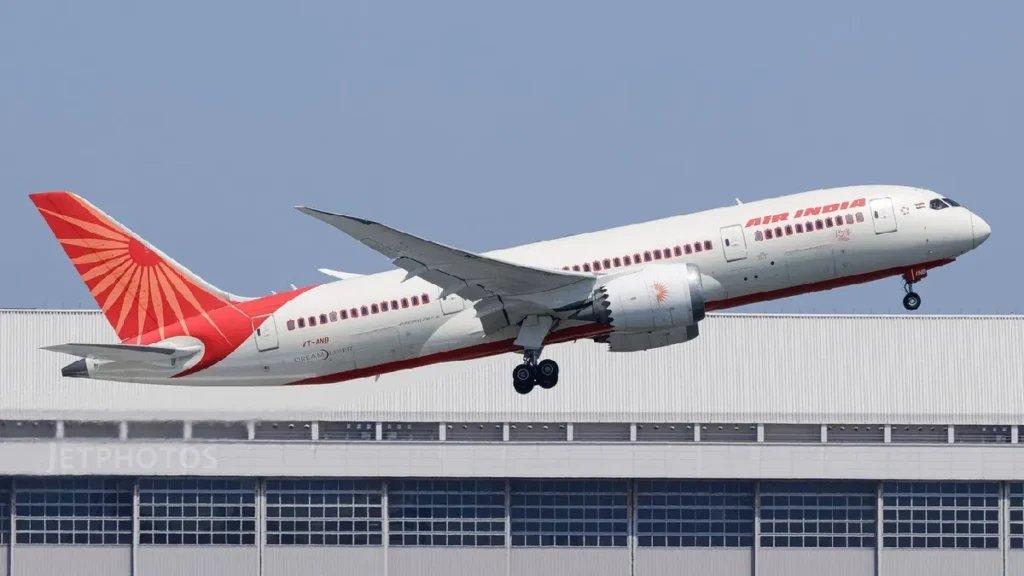Ahmedabad plane crash brings up memories of Indian Airlines flight’s 1988 air tragedy

Fresh Tragedy Rekindles Old Wounds
A recent plane crash near Ahmedabad’s Sardar Vallabhbhai Patel International Airport has reopened painful memories for many. The incident occurred in the early hours of Thursday, involving a chartered aircraft attempting to land in low visibility. Although fewer lives were lost this time, the event has evoked haunting comparisons to the 1988 Indian Airlines crash.
That crash, involving Flight 113, was one of India’s worst aviation disasters. It happened on October 19, 1988, when a Boeing 737 flying from Mumbai to Ahmedabad crashed on approach. Only two of the 135 people on board survived. The rest perished in what investigators later called a “controlled flight into terrain.”
A Chilling Reminder of Flight 113
For those who remember the 1988 crash, the latest incident feels eerily familiar. Both flights were nearing the end of their journey. Both aircraft faced visibility challenges. And in both cases, early reports suggest communication issues between the crew and air traffic control.
Neelam Patel, who lost a relative in the 1988 disaster, shared her distress. “When I saw the news about this week’s crash, it brought it all back. The fear, the grief, the confusion. It’s as if time stood still.”
Several aviation experts also pointed out that despite decades of technological advances, some risks in Indian aviation remain unchanged.
Survivors and Families React
Survivors of the 1988 tragedy and family members of those who died say the news of another crash near Ahmedabad was deeply upsetting. Some lit candles near memorials, while others called for a review of current aviation safety practices.
Ajay Mehta, who lost his cousin in 1988, said, “We were promised that air travel would become safer. Yet here we are, dealing with the same questions nearly 40 years later.”
The 1988 Crash: A Historical Perspective
The Indian Airlines Flight 113 crash shocked the nation. The aircraft descended below the minimum safe altitude while approaching the runway in foggy conditions. It struck trees and plowed through fields before exploding into flames.
Investigations revealed several shortcomings. The crew did not follow standard approach procedures, and the airport lacked advanced landing systems. In response, the government introduced new aviation safety rules and improved infrastructure at many airports.
DGCA Orders Investigation
The Directorate General of Civil Aviation (DGCA) has begun an inquiry into the recent crash. Initial findings suggest the aircraft may have descended too quickly in poor weather. Technical faults are also being investigated.
Civil Aviation Minister Jyotiraditya Scindia expressed condolences to the affected families. “We are committed to uncovering the causes and ensuring accountability,” he said. He added that aviation safety remains a top priority for the government.
Experts Demand Stronger Safety Measures
Experts believe that while India has improved its aviation infrastructure, challenges persist. Outdated equipment, overworked air traffic controllers, and poor weather preparedness remain concerns, especially in regional airports.
Captain Arvind Rao, a retired pilot, remarked, “Too many crashes in India happen during approach and landing. We need better training, more reliable systems, and the courage to divert flights when conditions are unsafe.”
He also emphasized the importance of enforcing rest periods for pilots. “Fatigue leads to poor decisions. It’s not just about machines—it’s about humans too,” he added.
Technology Has Improved, But Gaps Remain
Since 1988, India has adopted several international aviation standards. Modern aircraft now use terrain awareness systems, and pilots undergo more rigorous training. However, enforcement can still be inconsistent.
Many airports still lack Category III Instrument Landing Systems (ILS), which help aircraft land safely in fog. Ahmedabad airport has improved its systems over the years, but experts say upgrades must be maintained and regularly tested.
“Having systems on paper is not enough. They must function in real-time emergencies,” said aviation safety auditor Kritika Nair.
Remembering and Learning
The 1988 crash changed Indian aviation in many ways. But the latest incident is a sobering reminder that vigilance must be constant. Aviation is unforgiving of even small errors, especially during landing—the most dangerous phase of any flight.
Citizens and survivors are urging the government to go beyond statements and ensure meaningful change. Transparent investigations, stronger regulation, and upgrades in equipment are key.
Final Thoughts: A City Still Healing
Ahmedabad, a city with a long memory, is grieving once again. For many, it’s not just about the crash—it’s about the fear that the lessons of the past may have been forgotten. The emotional scars from 1988 have barely faded, and now they’re being reopened.
As the investigation continues, the hope is that this time, tragedy will lead to true reform. Not just in memory of those who lost their lives, but for the safety of everyone who flies.






